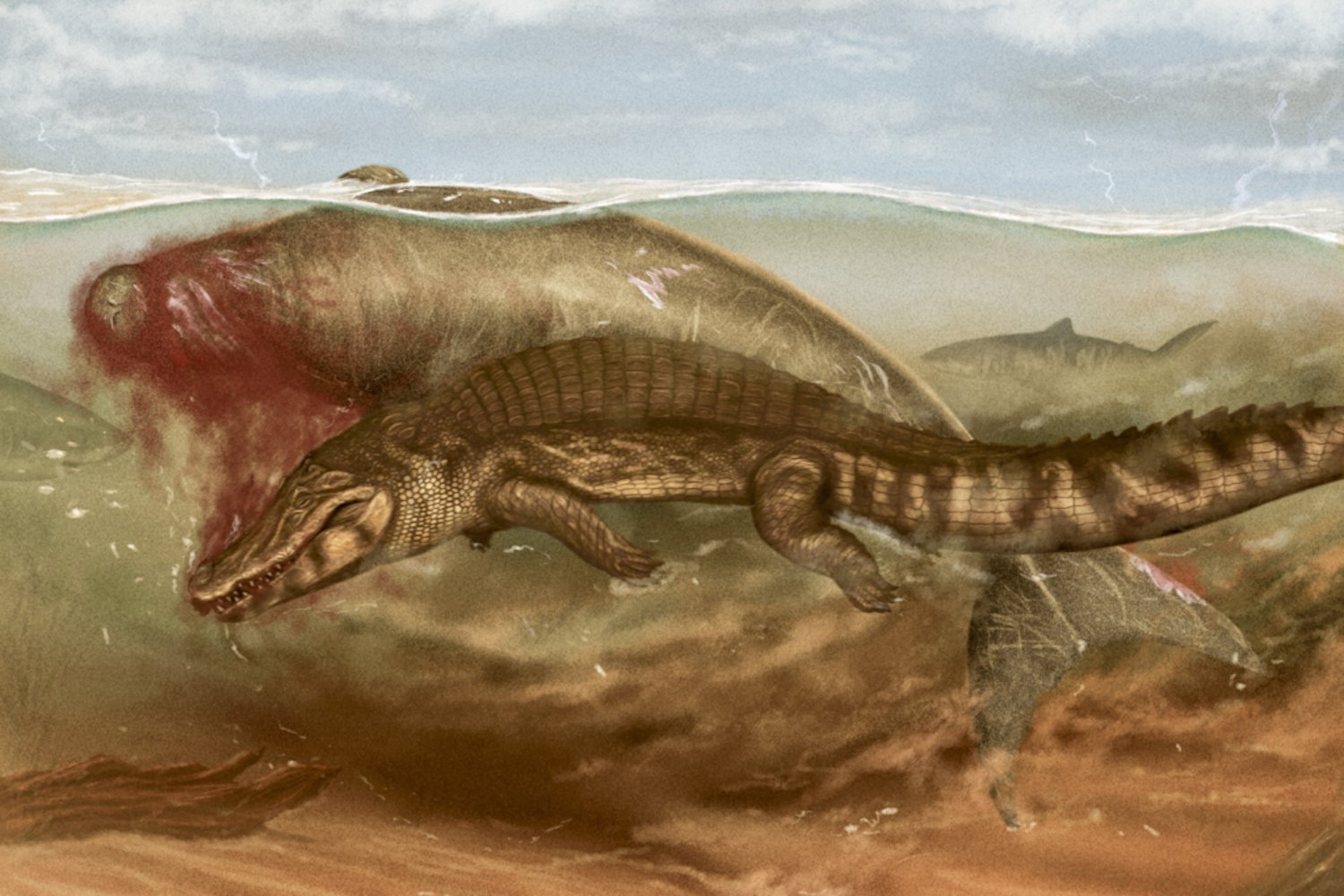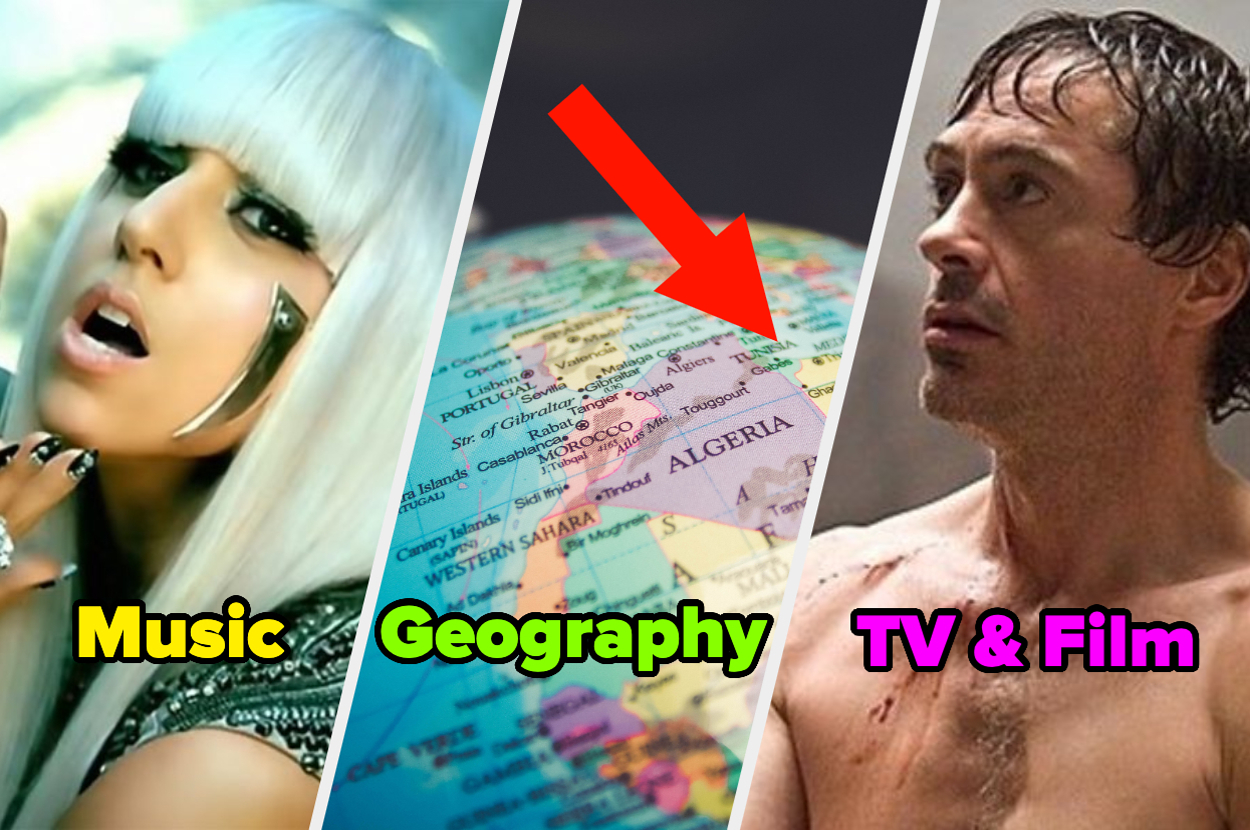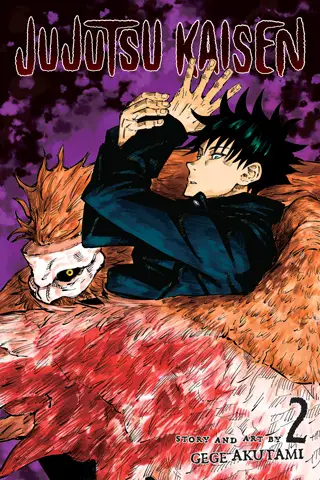At some point during the Middle Miocene, some cuddly sea cow was swimming along, minding its own business, when it had an epically bad day, evidence of which got preserved for eons. The poor thing somehow managed to get itself killed twice.
Well, not exactly twice, but fossil remains show it’s not far from the mark. The remains of the sea cow, discovered in what is now modern day Venezuela, contain signs the creature was feasted upon by two different, but equally scary, predators: a shark and a crocodylian. While grisly, the discovery contains new information about the structure of food webs in an era that stretched from 23 million to 11.6 million years ago.
The partial skull and 18 vertebrae, discovered in 2019 in northwestern Venezuela’s Agua Clara Formation—a site that was once a seabed—are now housed at the Museo Paleontológico de Urumaco. When a group of paleontologists, who primarily came from the University of Zurich, went to the fossil, they found several large and well-preserved bite marks.
When they looked closer, the paleontologists noticed that the marks could be separated into three groups, depending on their shape, depth, and orientation at which the attacker’s teeth slashed across the bone. In a paper published in the Journal of Vertebrate Paleontology, they wrote that some of the bites were shallow and round, others were wide and curved, while the third featured long and narrow slits with a triangular cross section. The first two categories are both consistent with the bite of a crocodylian, with evidence of a slashing motion hinting that the reptile executed a death roll—the same violent twisting motion modern day crocodiles use to kill and dismember their prey. The last type of bite mark was very different, with the researchers concluding it was made by Galeocerdo aduncus, an ancient relative of the tiger shark.
The only good news for the sea cow is that it appears the bite marks weren’t made at the same time. The paleontologists concluded the most likely scenario was the croc attacked first, and fatally, while the shark came along later, as a scavenger picking at the corpse.
“That said, and due to the fragmentary nature of the specimen, the possibilities of alternative scenarios cannot be ruled out,” they wrote.
In the study, the researchers observed that much of what’s known about how animals used to feed on each other is derived from similar bite marks, but because of the limitations of the fossil record, it can be difficult to reach comprehensive conclusions. That makes samples like the one from the sea cow extremely valuable in filling in the dots of the prehistoric record.
“We have been unsure as to which animals would serve this purpose as a food source for multiple predators,” said Aldo Benites-Palomino, a PhD candidate at the University of Zurich who led the research, in a press release. “Our previous research has identified sperm whales scavenged by several shark species, and this new research highlights the importance of sea cows within the food chain.”
While you’ve got to feel bad for this particular prehistoric sea cow, a distant relative of the modern manatee, it’s not like things have gotten much better for its living relatives. Despite being removed from the Endangered List in 2017, some environmentalists want to see manatees regain protected status. In recent years, their numbers have dwindled in Florida, thanks to human-caused deterioration of their natural environment. Humans truly are the most dangerous animals in the world.


![top-5-spin-offs-of-popular-manga-[manga-recommendations]](https://sharethelinks.com/wp-content/uploads/2024/08/201918-top-5-spin-offs-of-popular-manga-manga-recommendations.jpg)




![time-stop-volume-1-[manga-review]](https://sharethelinks.com/wp-content/uploads/2024/08/201924-time-stop-volume-1-manga-review.jpg)
![creepy-cat-volume-1-[manga-review]](https://sharethelinks.com/wp-content/uploads/2024/08/201927-creepy-cat-volume-1-manga-review.jpg)
![monster-guild:-the-dark-lord's-(no-good)-comeback!-volume-1-[manga-review]](https://sharethelinks.com/wp-content/uploads/2024/08/201931-monster-guild-the-dark-lords-no-good-comeback-volume-1-manga-review.jpg)

Leave a Reply